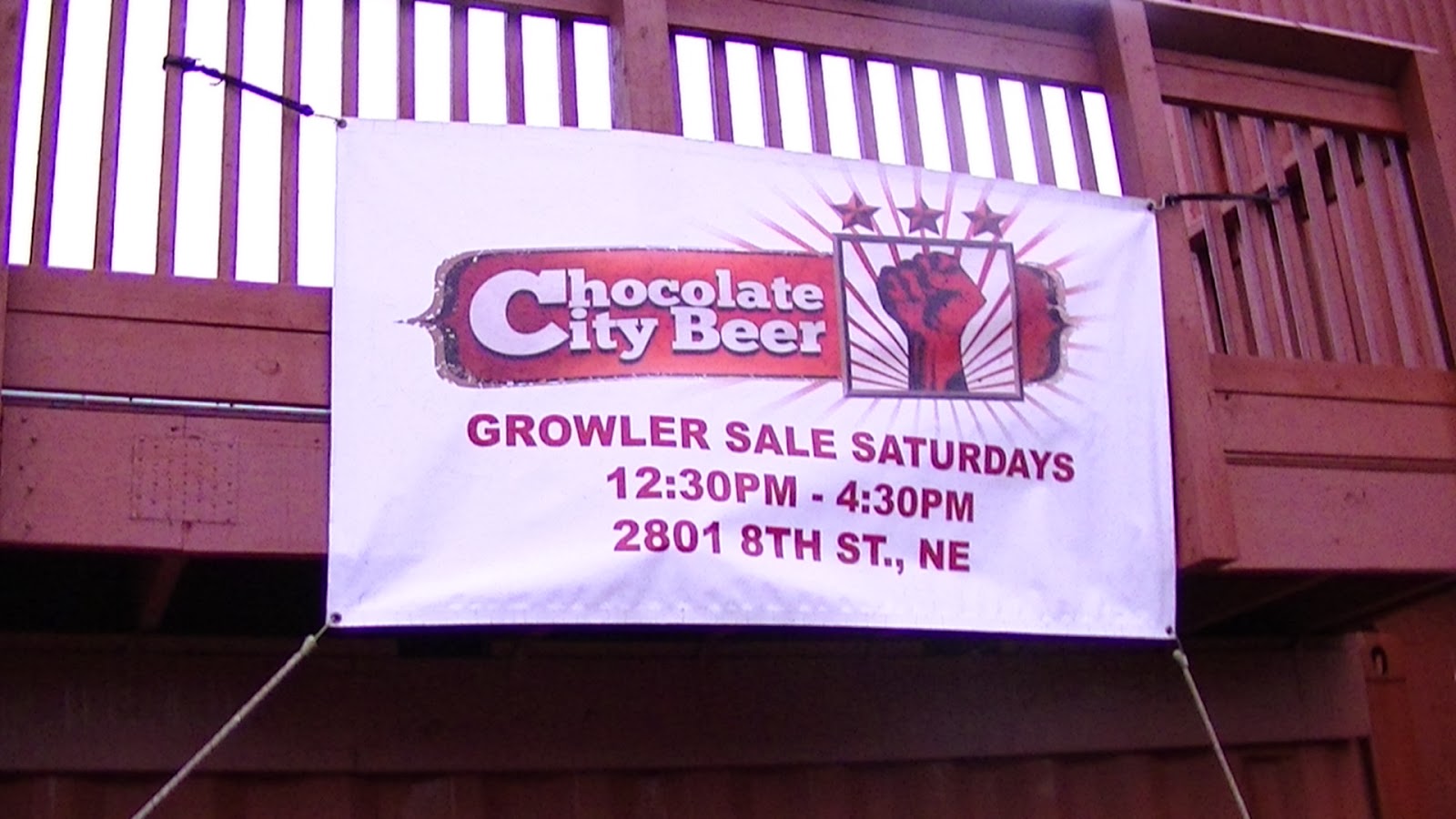My whole family just returned from celebrating Christmas and vacationing at the wonderful Caribbean islands of St. Kitts and Nevis. Besides the normal sun, sand, snorkling, and snoring that generally accompanies a beach vacation; this trip included plenty of local beer, rum, and hammond: local moonshine.
When arriving in St. Kitts you immediately notice the supremacy of Carib beer advertising as its displayed everywhere - bars, billboards, and boats. Even though the parent company is located in Trinidad, there's a local
Carib Brewery that produces its namesake beer as well as almost anything else drunk on the island - including Ting (grapefruit juice beverage) and Shandy (low alcohol, sweet beverages). Once you tire of the the sweet malty flavors of Carib, most bars also carry Skol and Stag - two European styled lagers with slightly more

hops - but headaches galore. Most interesting, during a beach bar crawl on Frigate Bay, the friendly bartender Aleric at
ChinChillas, brought out two surprise local beers: a Guinness and Mackesons. Apparently Carib Brewery partners with the parents of these brands (Carlsberg for Stol) and brews these favorites on the island. The Mackeson Cream Stout became a regular night time ritual and I learned to drink Guinness in the local custom - on the rocks. Best of all, there was price parity between the stouts and the lagers.
>Beer's all good, but of course when in the islands, Rum is the word and I immediately headed to the Duty Free store to at the
Marriott to stock up for the week. They offer samples of the various rums locally distilled at
Brinley Gold Shipwreck Rum. The distillery offers a wide portfolio from spiced, coconut, mango, vanilla, and even coffee - which may have been my favorite. Their spiced rum was not over the top (mostly vanilla and nutmeg) and was a nice sipping rum for Christmas. However, I was seeking a solid reserved rum to fortify weakly made coladas and rum punches and none of

Havana Club Havana Club Añejo 7 Años - my mind was set - not only because of its Cuban origins but also its a sweet honey and nutty flavor. I carried a water bottle filled with the HC all week, great for sipping on the beach or fortifying cocktails. One of these cocktails was a Ting and Sting - the grapefruit beverage above and Cane Spirit Rothschild (CSR) - a white rum produced from sugar cane syrup. Quite refreshing - although CSR comes with a burn - don't bother drinking neat. Although still billed as the Spirit of St Kitts, CSR has been distilled by
Demerara Distillers Limited in Guyana and then bottled at a plant in Basseterre since the death of CRS's founder Baron Edmund Rothschild. Another rum distilled by DDL and bottled in St. Kitts is Belmont Estate, a medium bodied rum - nothing special - but at $8 a decent souvenir.

Now being a fan of all things distilled - and those undercover of darkness - I asked around about real locally made rum and learned about hammond. This is the St. Kitts version of moonshine and most is now made in the more secluded island of Nevis. Fortunately we planned a
Blue Water Safaris catamaran excursion to the island where I learned that several bars utilize the hammond in their rum punches. At our first stop, I asked for several rum punches and a hammond and with a smile the bartender pulled out a container containing a clear liquid and poured a couple fingers. This one had a hot sugary aroma, but the flavor profile was rather smooth - trending

more to a cachaca then traditional rum. The punch was also made with hammond and with the addition of a nutmeg sprinkle was a more interesting twist of the standard fruity flavor. I then pressed my luck and asked if there were any darker versions of hammond and after

a few whistles and shouts a water bottle appeared with a medium roasted looking rum. The aroma was incomprehensible - part peat, part hay, part tobacco - with a more pronounced wild nutty flavor that lasts forever. The most bizarre spirit I have ever tasted - but so intriguing. This hammond was distilled from molassis that has been fermented with with yucca and aged with green nuts. Guiness on the rocks is a nice chaser to this one.
Finally, no trip to St. Kitts is complete without a stop at the famous Rum Tree - between
Sprat Net and the entrance to
Caribelle Batik. Now that's a Christmas Tree. Cheers and pair with any steel drum or reggae music.






































